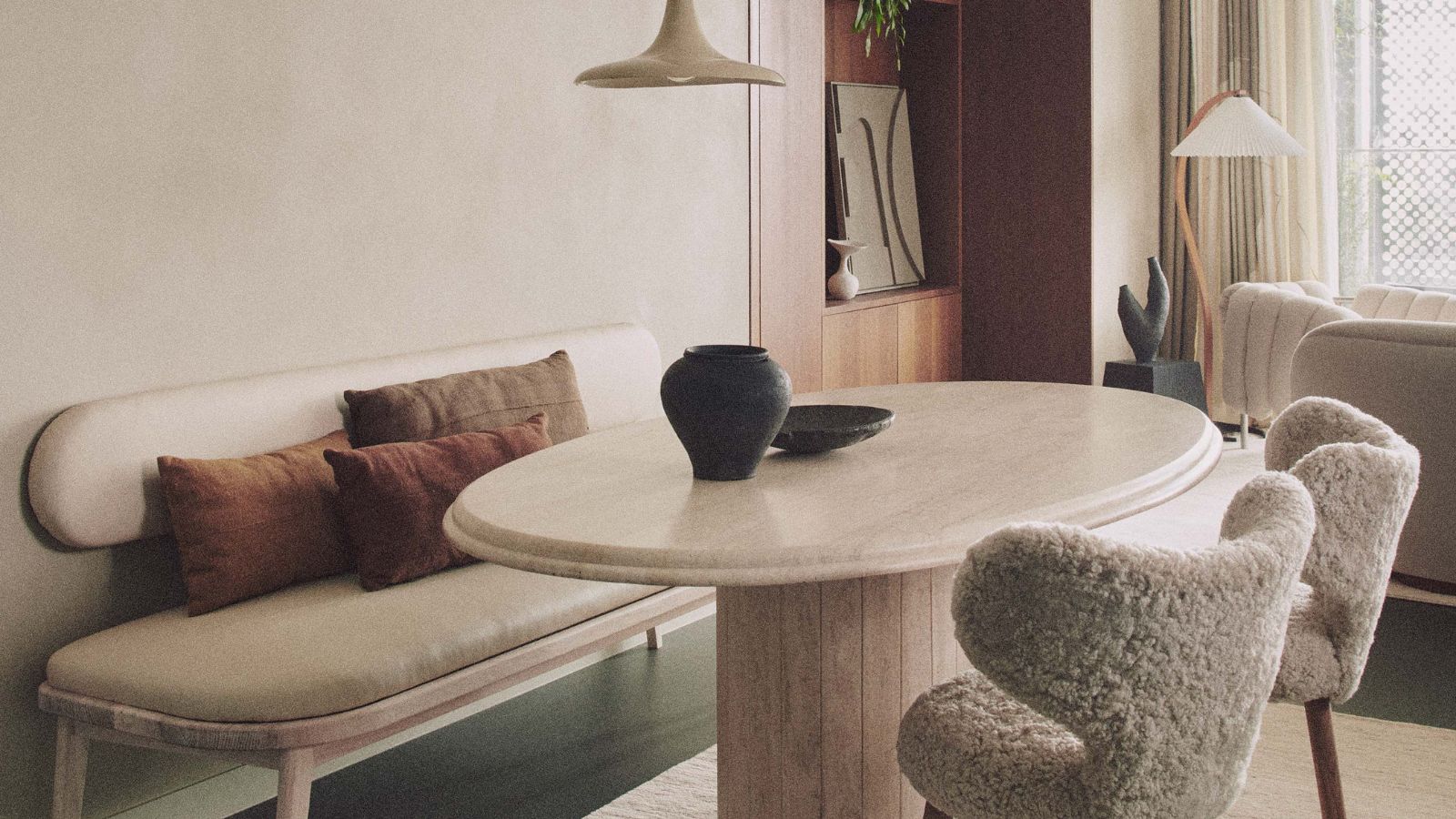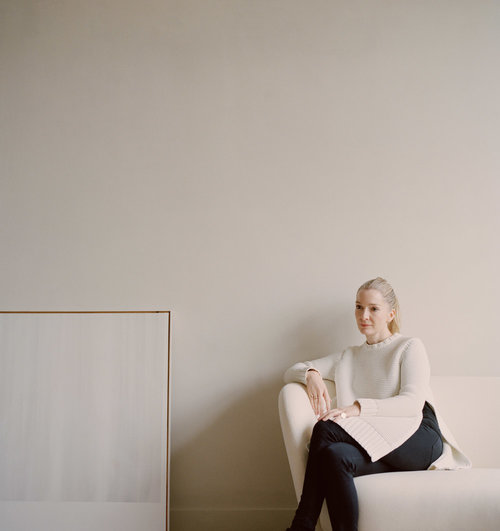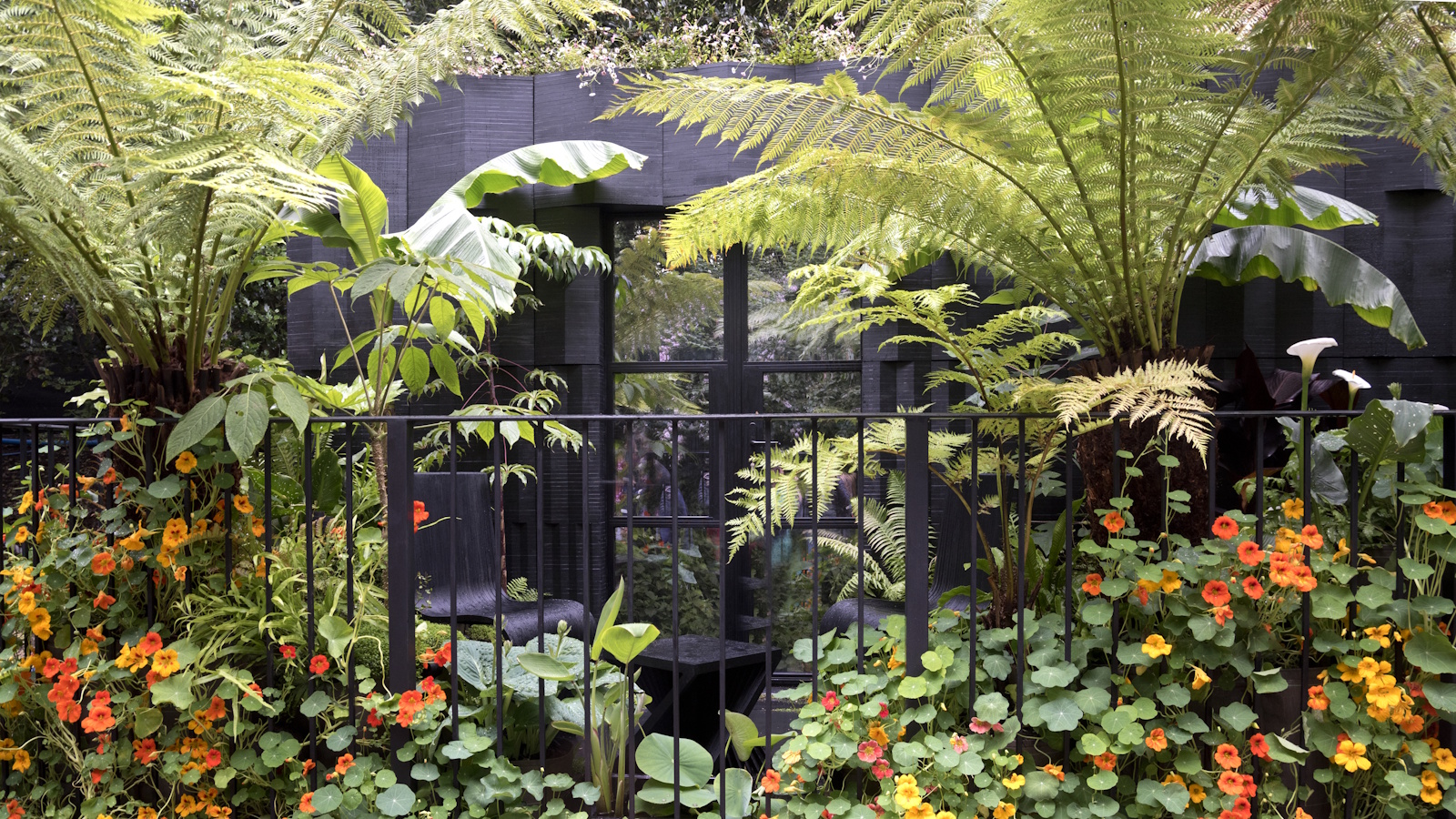How to design a healing home – and the power of salutogenic design
Creating a space that plays to your well-being is more important than ever. These are the first, important steps


A healing home is one that nourishes you.
Wellbeing has become such an overused word, but it comes down to how a space feels when you walk into it, and you want your home to be a calm, quiet space.
'Happy' rooms are all important.

Louisa Grey has been Principal Designer at design studio House of Grey for 20 years. Her fundamental aim is to leave a positive design legacy when renovating and restoring modern and historic spaces, creating interior landscapes that have inherent health benefits and minimal impact on the planet. Louisa combines her signature aesthetic with Salutogenic Design principles (the study of the origins of health and focuses on factors that support human health and well-being) and cradle-to-cradle materials.
1. Texture and comfort are important to feeling nourished
At this time of year you need to feel warm and cozy. Use as many natural fillings as possible to reduce harmful chemicals in the home.
2. Introduce a sensory narrative
Scents should be as natural as possible. We recommend natural oils and purifying mists and flowers that are grown locally.
3. Choose function and form
It’s not always talked about, but function is just as important as form when you’re choosing furniture. A chair’s job is to be supportive, so you need something that is ergonomically designed. The same with a mattress – invest in one that is designed and made beautifully.
4. Work with what you have
That means embracing the bones of an old home and period features, and often working with clients’ existing furniture – it might need reupholstering or fixing, but reusing what you already have is better for the environment.
5. Know that lighting creates a calming ambience
We always put in a mix of ceiling, wall and table lights to generate different atmospheres.
6. Use rugs for coziness
Rugs establish a focal point in a room and bring a level of coziness that floorboards – which I love for their aesthetic – often lack. When I step out of bed in the morning, I want to step down onto something warm and soft.
You can get such a variety of colors and textures, and you can layer and mix up patterns and styles. You can also change the room by the way you style a rug, and I love to play around with this: either you place your furniture on top of it, or you place it around it, so the furniture frames the rug. They are two very different looks.
What is salutogenic design?
Salutogenic design is the art of architecture, interior design or styling that focuses on well-being and health in order to make the home's occupiers feel as well, both mentally and physically, as possible.
Sign up to the Homes & Gardens newsletter
Design expertise in your inbox – from inspiring decorating ideas and beautiful celebrity homes to practical gardening advice and shopping round-ups.

Louisa Grey has been Principal Designer at design studio House of Grey for 20 years. In that time, she has crafted a signature aesthetic that has gathered momentum across the global design community. Her fundamental aim is to leave a positive design legacy when renovating and restoring modern and historic spaces, creating interior landscapes that have inherent health benefits and minimal impact on the planet. Louisa has developed a whole-person-whole-world approach to designing and building spaces for her clients which combines her signature aesthetic with Salutogenic Design principles and cradle-to-cradle materials.
-
 Sherry cosmopolitan
Sherry cosmopolitanThis sherry cosmopolitan is a lighter take on the classic cocktail, perfect for spring gatherings when you want something zesty and bright
By Alice Hart
-
 Small yard but want to grow your own crops? This wooden cold frame is 40% off at Wayfair – and it's perfect for patios and apartments
Small yard but want to grow your own crops? This wooden cold frame is 40% off at Wayfair – and it's perfect for patios and apartmentsCold frames are a sensible investment for any gardeners struggling for space on balconies, backyards or patios
By Thomas Rutter